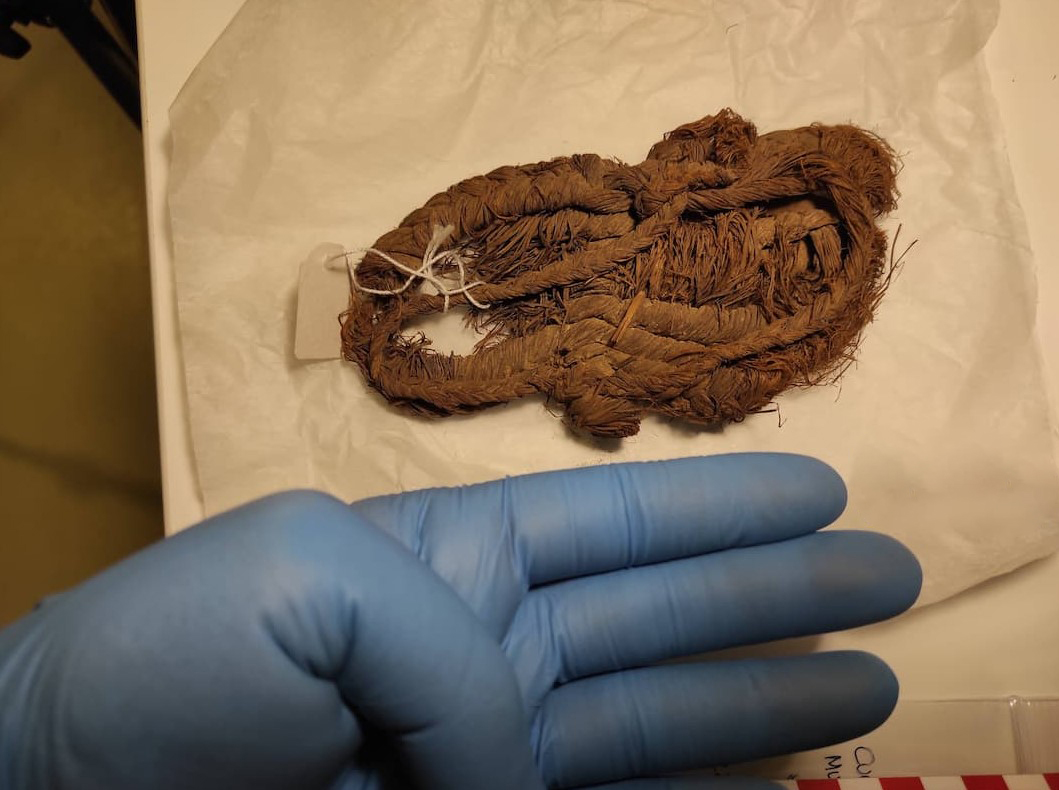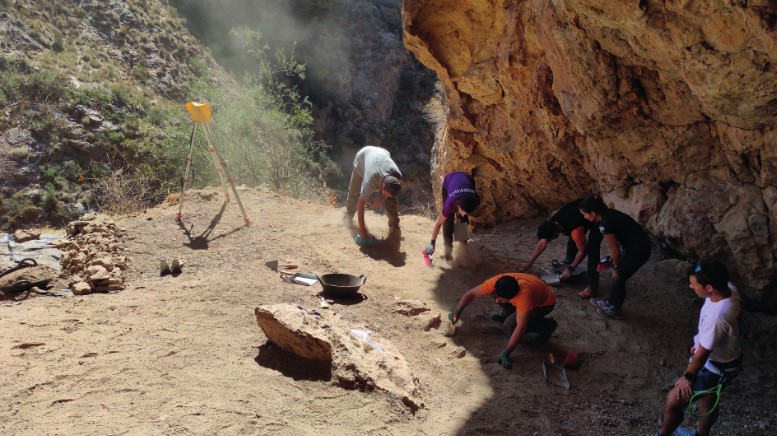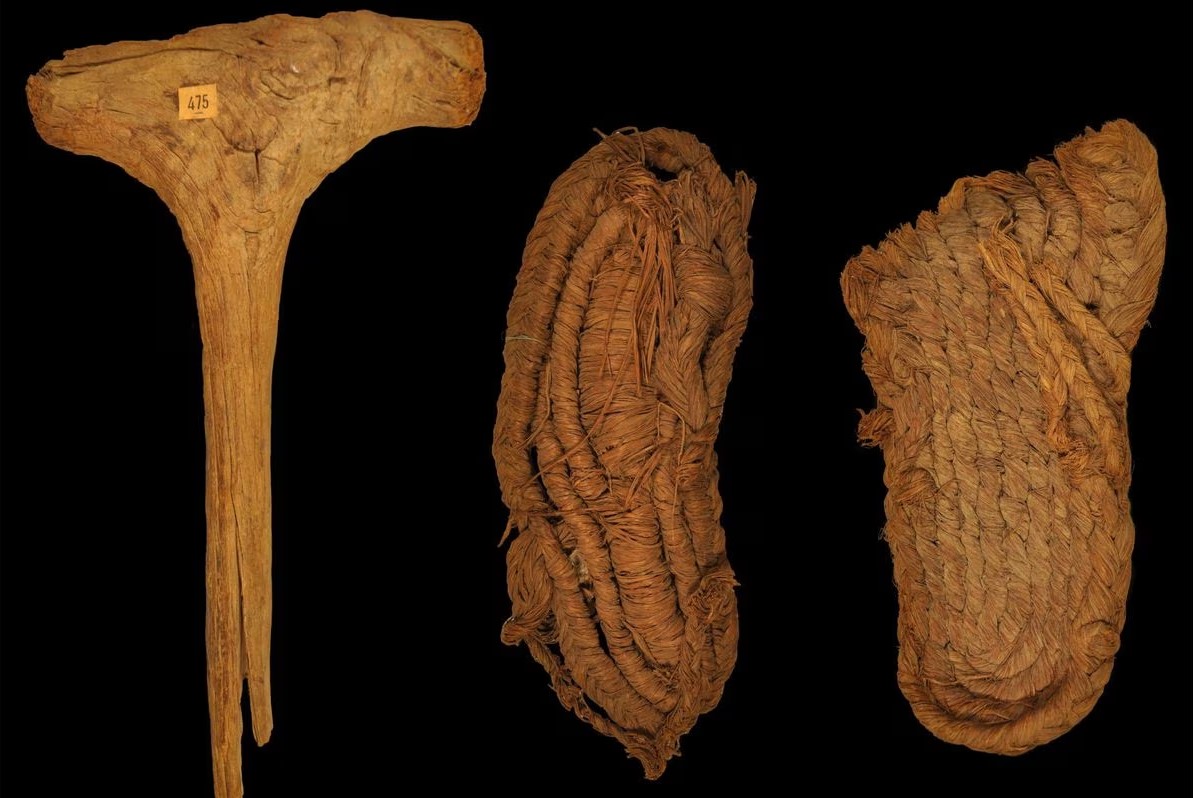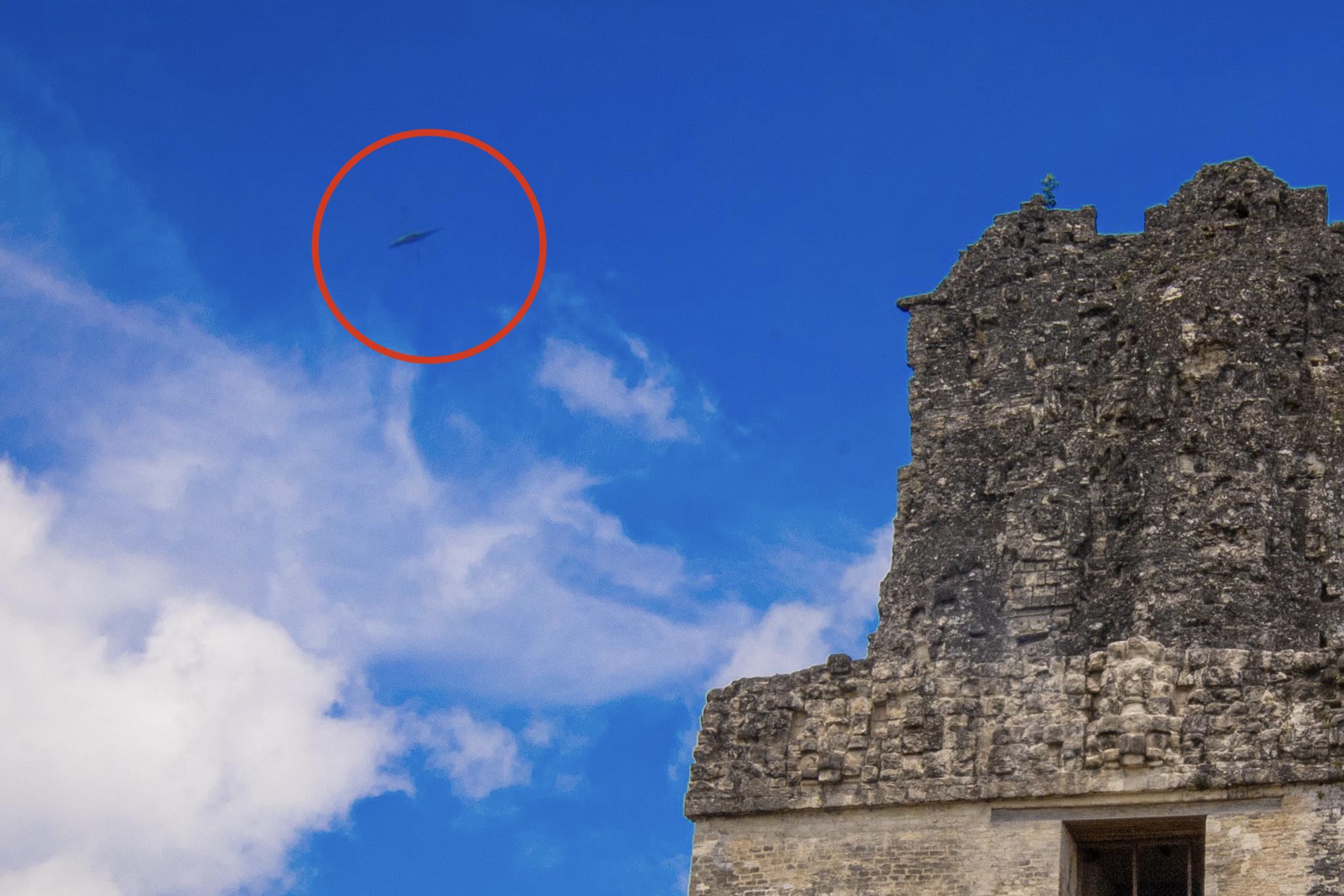A remarkable discovery in the Cueva de los Murciélagos (Cave of the Bats) in Albuñol, Granada, Spain, has unveiled what is believed to be the oldest footwear ever found in Europe—20 pairs of esparto shoes, dating back 6,200 years.
The cave, initially discovered by Juan Martín nearly 200 years ago, was filled with guano and contained a treasure trove of artifacts, including dozens of partially-mummified human remains, bone awls, arrowheads, stone tools, and baskets. A gold diadem was even found on one of the corpses.

Esparto, a long, coarse grass used for making ropes, baskets, paper, and footwear, was used to craft these sandals, providing crucial insights into the lives of the people who lived during that time.
Archaeologist Francisco Martínez Sevilla from the University of Alcalá explained, “The four best-preserved [sandals] are about 9,500 years old, from the Mesolithic period, two millennia before agriculture arrived in the region.” This suggests that these sandals were crafted by hunter-gatherers.
Most of the sandals found in the cave were designed for children, equivalent to a modern size 37 shoe. Remarkably, they were buried with the children still wearing them.
These sandals were radiocarbon dated to be 6,200 years old, making them Europe’s oldest-known footwear, surpassing Ötzi the Iceman’s bearskin and deer-hide shoes, which were previously considered the oldest at 5,300 years old.

The preservation of these artifacts is attributed to the cave’s unique environmental conditions. Geologist José Antonio Lozano from the Oceanographic Centre of the Canary Islands explained, “It’s unique in Europe.” The cave’s dry climate and winds blowing through it prevented the deterioration of organic materials like the sandals and baskets.
These discoveries provide valuable insights into ancient footwear and the lives of the people who lived during the Mesolithic period, shedding light on their daily activities and practices in the region.






